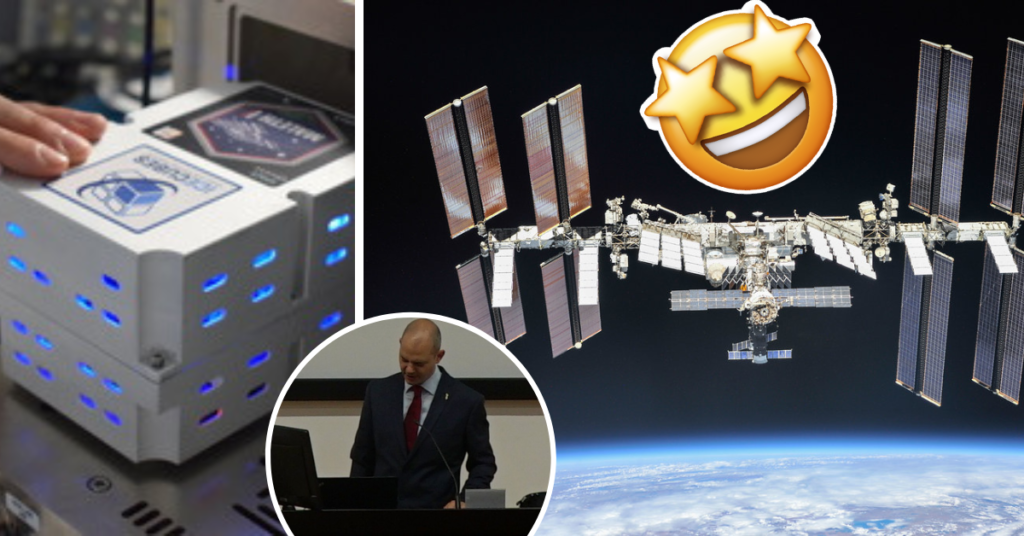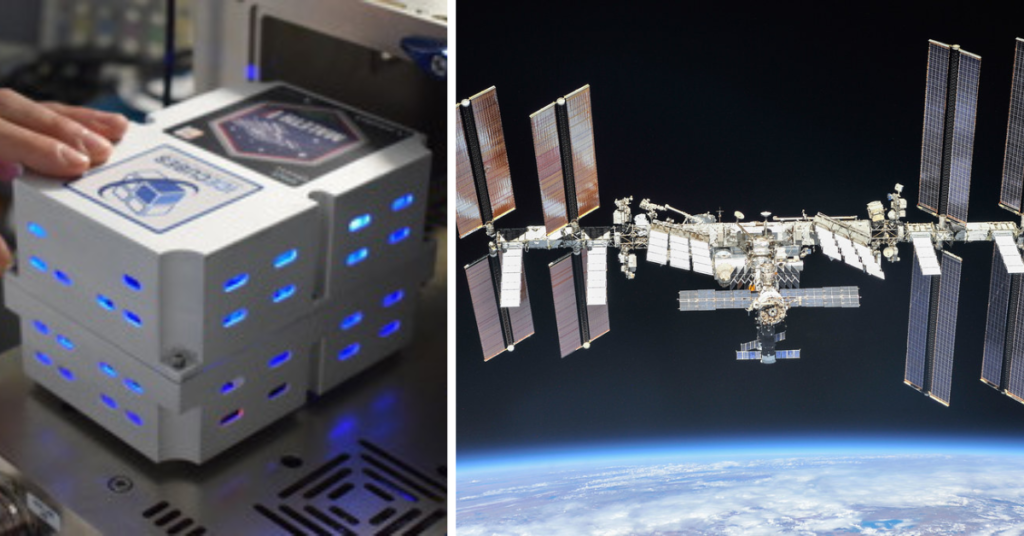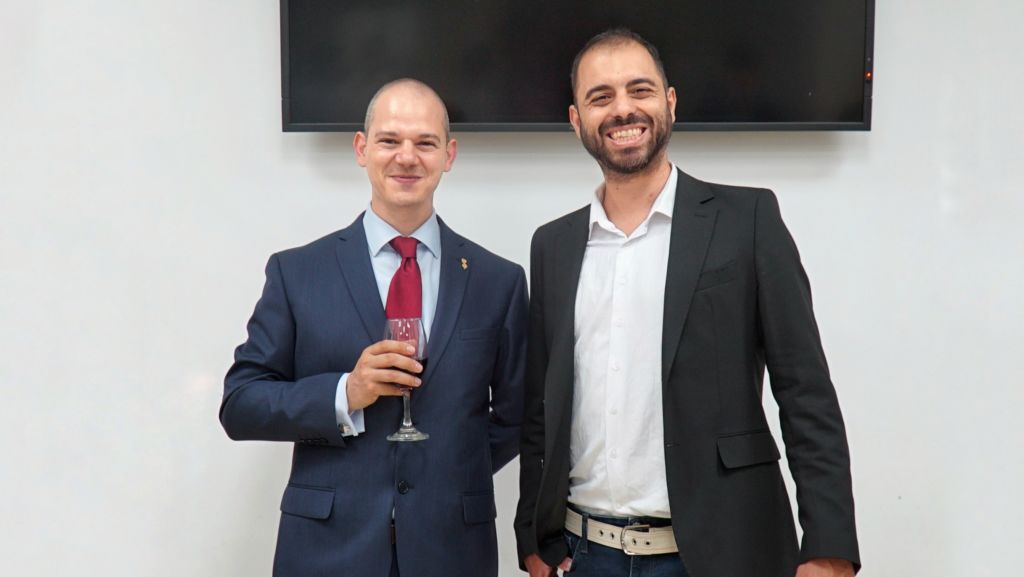Maltese Scientists Team Up With Space X To Launch ‘Space Study’ Revolutionising Diabetic Wound Care

Maltese biomedical scientists have teamed with Space X to launch – literally – a scientific experiment to send cells from diabetic wounds to the International Space Station.
The space mission – Maleth II – is a follow-up experiment on a similar mission carried out last year, the first of its kind. This investigation is now led by scientist Christina Gatt, who has embarked on this research as part of her Ph.D.
Many may wonder – what on Earth (no pun intended) would diabetes have to do with space? But in truth, the results of the study could have profound implications for diagnosis and treatment.
Speaking with Lovin Malta was Professor Joseph Borg, the man leading the foray, who was able to break it all down.
“The bacteria living on our skin could infect ulcers that sometimes form in the feet of diabetic patients,” he began. “And that could have major complications down the line.”
Healthcare staff normally tackle the situation by culturing the bugs from the wound and identifying the best antibiotic to kill them off. Though sometimes, this isn’t enough.
In many cases, the cultures don’t present the full picture. And more so, resistance to medicines and antibiotics is also giving rise to challenges that hamper a smooth recovery for patients.
But through Maleth, Maltese researchers can test the resistance of these bacteria. How they grow, adapt, and respond to another harsh environment – space.
“With low gravity and high radiation, the bacteria are continuously trying to remain alive and adapt. Back home, in our labs, we will then study the genetics and DNA profiles of these same bacteria and see if there were any changes, whether genes known to act as antibiotic resistance have been affected, and what other novel discoveries have been made.”

“The idea of taking human and life sciences research to the next frontier was always there,” Borg said. “And after collaborating with colleagues who send experiments to space as part of their work and profession, I knew that the time had come.”
The term ‘Maleth’ was inspired by Phoenician explorers who sailed the Mediterranean and happened upon Malta by following the North Star. A fitting title considering the task at hand.
“Space has a unifying feel, form, and factor, that has so far stood the test of time.”

Space can have a profound role, not just in the context of human health but also on life in general.
Studies on muscle tissue, bone, and blood and their role in disease are already well known. In fact, a database of such studies is currently maintained by NASA Gene Lab, of which Borg is a member.
Results and data published from these scientific missions hold a lot of promise in treating and even curing not only diabetes, but a host of other diseases too.
Maleth II has also opened doors for a number of lucrative projects to make their way into space, including those involving music and art.
In fact, aerospace engineer Leonardo Barilaro, a ‘Space Pianist’ based in Malta will live up to his namesake by joining the team and broadcasting his music directly from the ISS.

Professor Joseph Borg (left) and Dr Leonardo Barilaro (right)
With each passing year, diabetes has become a major health concern, with 537 million people suffering from it, worldwide. Malta has one of the highest prevalences in Europe, with figures standing at 11.2 %.
Up to a quarter of those diagnosed with the condition are at risk of developing diabetic foot ulcers – a major cause of hospitalisation, and in some cases, amputations. And approximately 400 amputations a year are carried out in Malta alone.
The SpaceX CRS25 rocket was initially set to depart from Cape Canaveral on 7th June, however, it has been postponed to a later date towards the end of June, with a date still to be confirmed.
After the launch, the vessel will make its way to the ISS, where it will stay for 60 days, and then return home to Borg’s team, who will continue their research.
Can you think of any other ways space can empower science or art?
